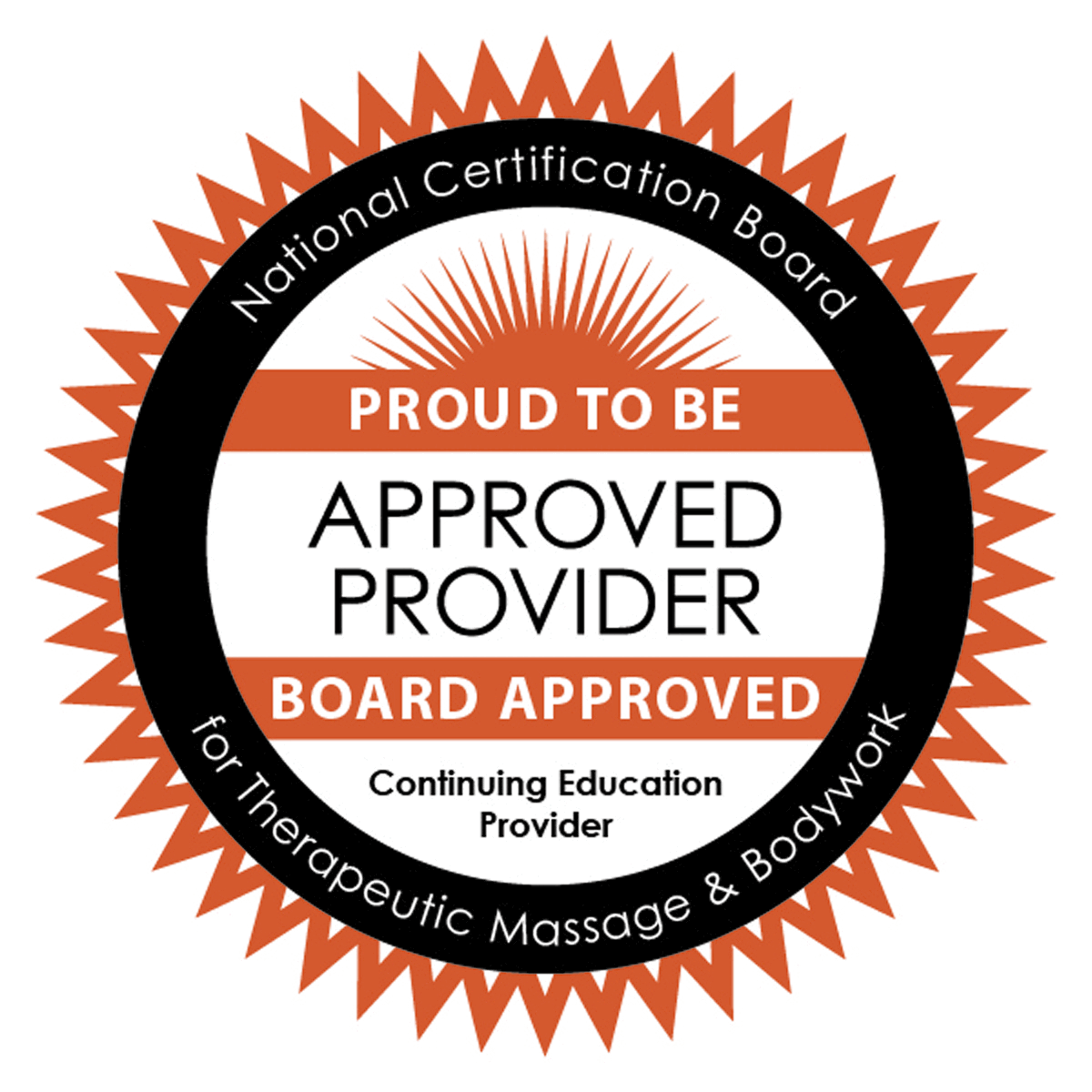Nebraska Massage Therapy Continuing Education
Nebraska Accepts OnlineCE.com Courses / NCBTMB Accepts OnlineCE.com Courses
Nebraska Continuing Education Requirements:
Massage Therapist: 24 hours biennially - Nebraska Accepts 7 hours of Massage Therapy (ethics related) Online Continuing Education Courses
Special Requirements: 3 hours of ethics. Only homestudy programs relating to ethics will be acceptable for renewal. Up to a maximum of 7 credits will be granted.
The National Certification Board for Therapeutic Massage and Bodywork (NCBTMB) is the national governing body responsible for credentialing Massage Therapists. Massage Therapists must renew their board certification every 2 years. During that 2-year period, Massage Therapists are required to complete 24 hours of continuing education. Twenty-one (21) hours of CE must be from Approved Providers and three (3) of the 24 hours must be in Ethics. Candidates must also pass a criminal background check (performed by NCBTMB). There is a limit of 4 hours allowed in self-care coursework. The NCBTMB accepts 24 hours of OnlineCE.com courses. OnlineCE is an Approved Provider of the NCBTMB (#422983-00).
Please scroll down to view courses accepted and their approval code/language. When logged in, as long as your licenses are entered on your account, each course is clearly identified as being approved or not approved.

State of Nebraska Continuing Education Requirements
Nebraska Continuing Education requirements posted on this page are based upon the most up to date information available. Nebraska continuing education requirements are subject to change and therefore, Nebraska Massage Therapy licensee's are ultimately responsible for being up to date with the Nebraska continuing education requirements.
Continuing education courses offered on OnlineCE.com provide Online CEU for Nebraska Massage Therapists (MT). The online courses enhance the knowledge bases of Massage Therapists to enhance clinical therapy practice. Free 1 hour NCBTMB approved online home study CE credit course for new Nebraska Massage Therapy registered users at www.OnlineCE.com


